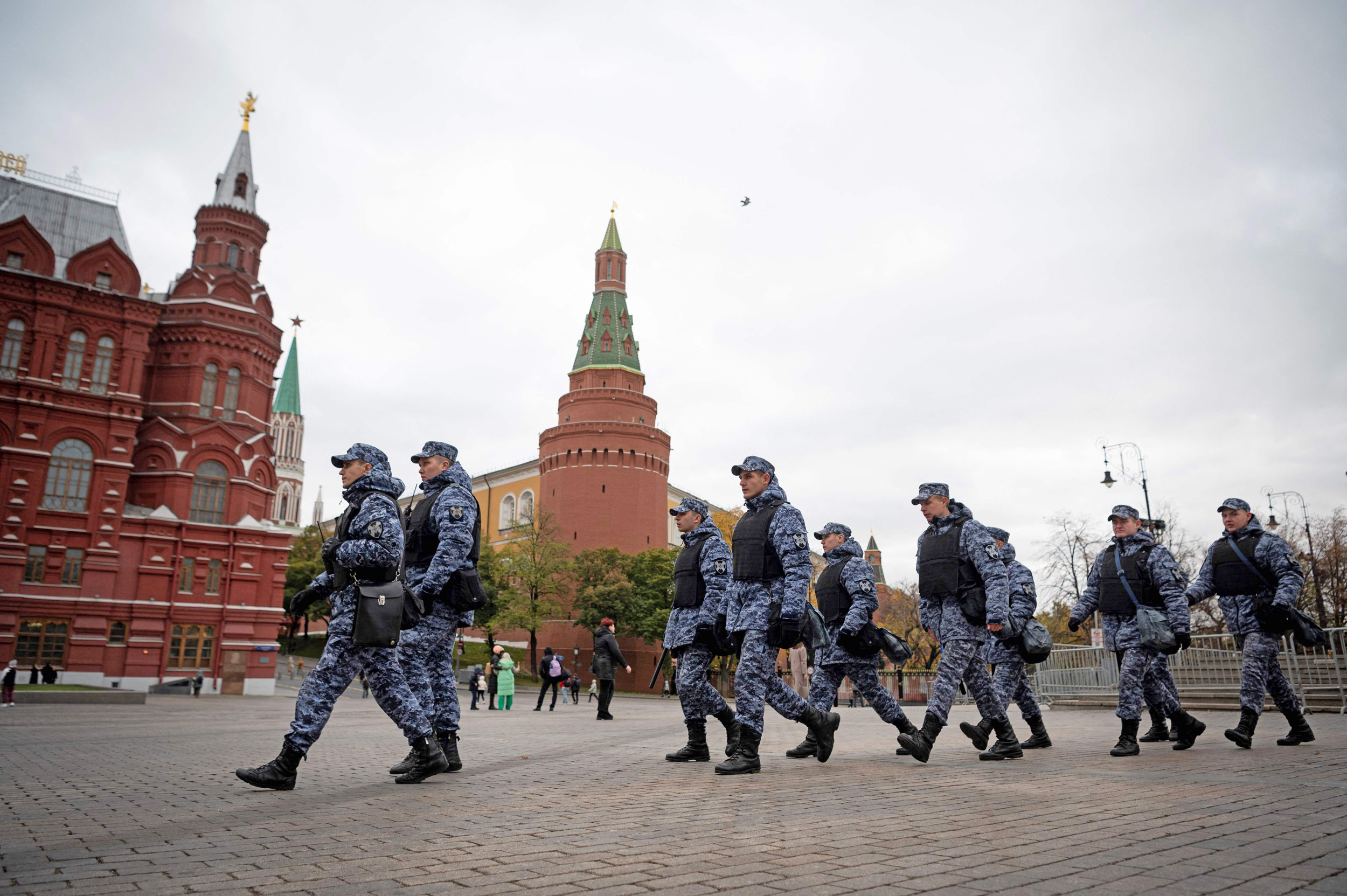Michael Harrigan, a retired F.B.I. special agent, said the image captured by Doug Mills, a New York Times photographer, seems to show a bullet streaking past former President Donald J. Trump.

An annotated photo showing what appears to be a projectile passing by Donald J. Trump during a rally in Butler, Pa., on Saturday.Credit…Doug Mills/The New York Times
By John Ismay
- Published July 14, 2024Updated July 15, 2024
Follow the latest news on the Trump assassination attempt.
In documenting the Pennsylvania campaign rally on Saturday afternoon that turned into an attempt on a former president’s life, Doug Mills, a veteran New York Times photographer, appeared to capture the image of a bullet streaking past former President Donald J. Trump’s head.
That is the assessment of Michael Harrigan, a retired F.B.I. special agent who spent 22 years in the bureau.
“It absolutely could be showing the displacement of air due to a projectile,” Mr. Harrigan said in an interview on Saturday night after reviewing the high-resolution images that Mr. Mills filed from the rally. “The angle seems a bit low to have passed through his ear, but not impossible if the gunman fired multiple rounds.”
Simple ballistic math showed that capturing a bullet as Mr. Mills likely did in a photo was possible, Mr. Harrigan said.
Mr. Mills was using a Sony digital camera capable of capturing images at up to 30 frames per second. He took these photos with a shutter speed of 1/8,000th of a second — extremely fast by industry standards.
The other factor is the speed of the bullet from the firearm. On Saturday law enforcement authorities recovered an AR-15-type semiautomatic rifle at the scene from a deceased white man they believe was the gunman.
“If the gunman was firing an AR-15-style rifle, the .223-caliber or 5.56-millimeter bullets they use travel at roughly 3,200 feet per second when they leave the weapon’s muzzle,’’ Mr. Harrigan said. “And with a 1/8,000th of a second shutter speed, this would allow the bullet to travel approximately four-tenths of a foot while the shutter is open.”
“Most cameras used to capture images of bullets in flight are using extremely high speed specialty cameras not normally utilized for regular photography, so catching a bullet on a side trajectory as seen in that photo would be a one in a million shot and nearly impossible to catch even if one knew the bullet was coming,” he said.
In Mr. Harrigan’s last assignment, he led the bureau’s firearms training unit and currently works as a consultant in the firearms industry.
“Given the circumstances, if that’s not showing the bullet’s path through the air, I don’t know what else it would be,” he said.

